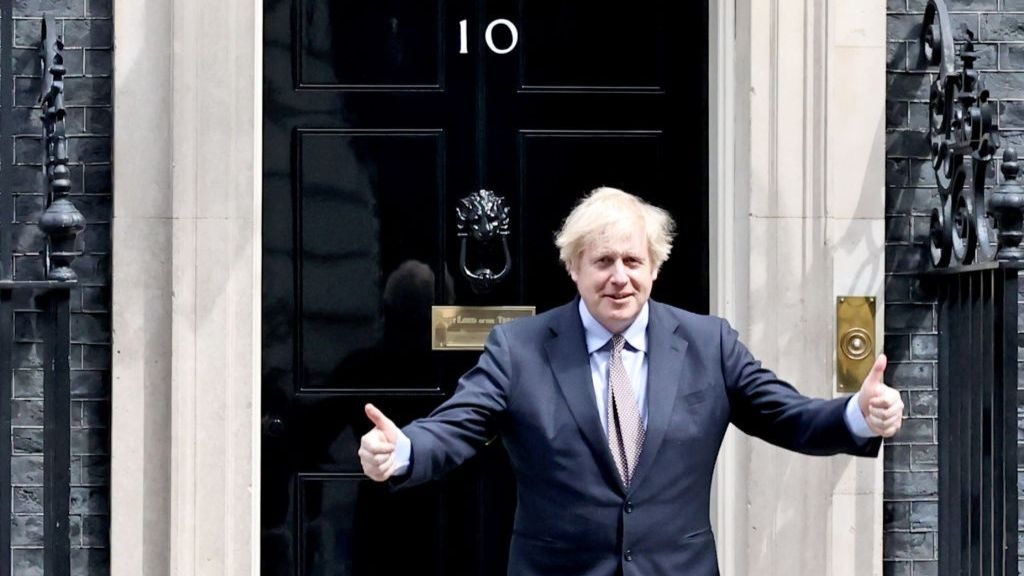THE UK Government has published a detailed 50-page document setting out its plan for gradually easing the country out of lockdown.
Under the newly-released “Covid-19 Recovery Strategy” people across the UK will be required to wear face coverings on public transport while there will be opportunities to meet up with other households as part of a “social bubble” proposal.
Non-essential retailers will have the opportunity to open earlier than planned, provided they can operate within the requirements of social distancing, while sporting events like football and other cultural activities could also return, behind closed doors for broadcast, from June onwards.
People will also be allowed to play sport outdoors but will be expected to maintain a two-metre distance from one another and avoid all contact sport.
Businesses like hairdressers, beauty salons, restaurants, pubs, cinemas and places of worship will not be allowed to open until July 4 and even then, they will be expected to prove they are ‘COVID secure’.
Anyone who can, must continue to work from home for the foreseeable future while those in the food production, construction, manufacturing, logistics, distribution and scientific research sectors should return to work from Wednesday.
The Government is also aiming to have primary school children in Reception, Year 1 and Year 6 classes back in classrooms for a month before the annual summer break, though secondary pupils will not return until September at the earliest.
Options are also being explored over how slightly larger groups can gather for events like small weddings.
 Getty
GettyWriting in the document’s foreword Boris Johnson says: “Our success containing the virus so far has been hard fought and hard won. So it is for that reason that we must proceed with the utmost care in the next phase, and avoid undoing what we have achieved.
“This document sets out a plan to rebuild the UK for a world with COVID-19. It is not a quick return to “normality”. Nor does it lay out an easy answer. And, inevitably, parts of this plan will adapt as we learn more about the virus.
“But it is a plan that should give the people of the United Kingdom hope. Hope that we can rebuild; hope that we can save lives; hope that we can safeguard livelihoods.
“It will require much from us all: that we remain alert; that we care for those at most risk; that we pull together as a United Kingdom.
“We will continue to work with the devolved administrations in Scotland, Wales and Northern Ireland to ensure these outcomes for everybody, wherever they live in the UK.”
The continued lifting on restrictions will be based on a new COVID Alert system, and the infection rate of the coronavirus remaining at a low and manageable level.
Anyone entering the country will be expected to quarantine for 14 days on arrival while the document does note the option to lift and implement restrictions on a local level.
The elderly and vulnerable will be expected to continue cocooning and shielding themselves through the pandemic in a move that could allow for greater freedoms among younger ages groups.
Some of the most notable changes outlined include:
- Face coverings to be worn on public transport and in enclosed spaces
- Friends and family allowed to mix in ‘bubbles’ from June
- Major sports events to go ahead from next month behind closed doors
- Anyone who can must work from home ‘for the foreseeable future’
- People employed in the food production, construction, manufacturing, logistics, distribution and scientific research sectors should return to work from Wednesday
- Hospitality and ‘non-essential businesses’ to remain closed until July at the earliest
- Primary schools open for reception, Year 1 and Year 6 next month in small classes Key workers encouraged to send their children to school and parents could be fined for refusing to do so
- Most secondary schools will stay closed until September Outdoor sports like tennis or golf allowed with one other person from a different household
The 50-page document can be read here.

